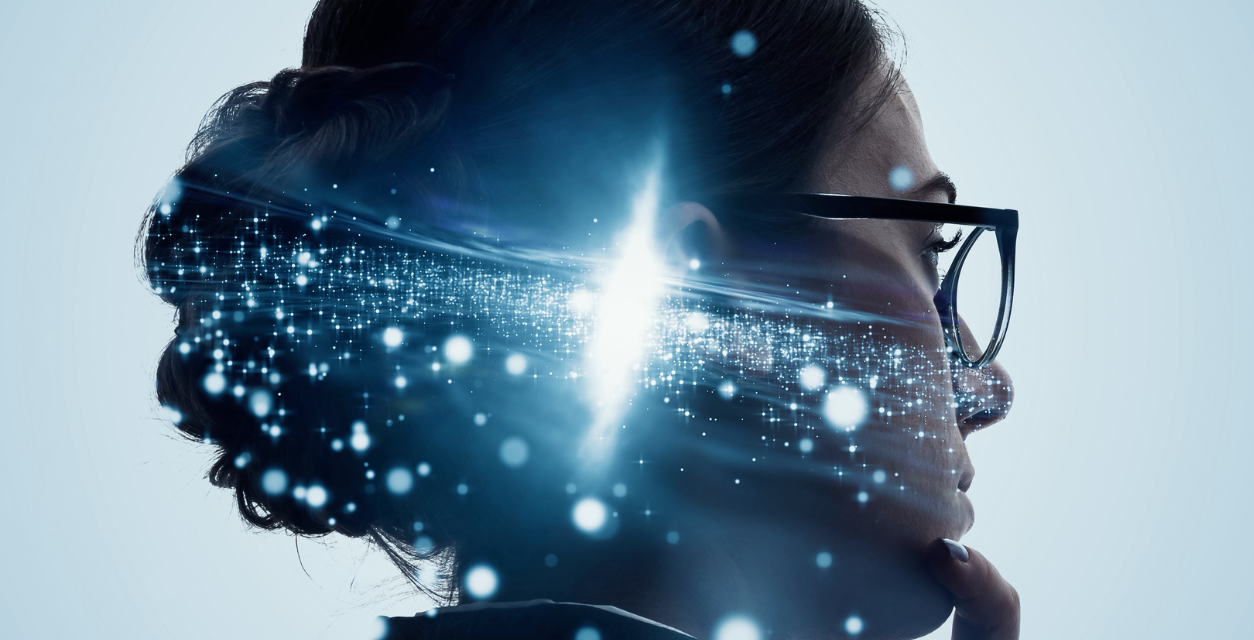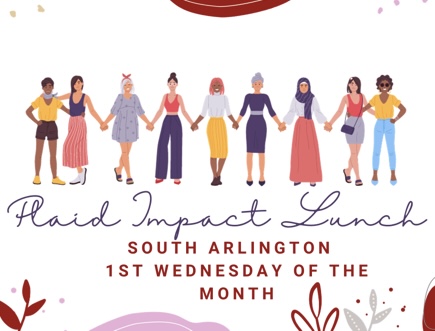She stood about three feet tall, neck craned backward and her beautiful little baby face pointed upward. Her countenance was stern and her words unwavering. “I am not afraid of you! You can’t do anything to make me afraid.” She spoke to a gigantic, ten-foot, mechanical monster on display in the store’s pre-Halloween. The frightful thing had the appearance, sound and movement of a grotesque, living being. It growled back at the little human in a bizarre conversation that went on for several rounds.
For me the whole scene was mesmerizing. I took careful note of the child’s method of confrontation: her posture, her tone, her words. I wondered how she gained this kind of boldness. More than likely she had encountered Halloween creatures in the past that were smaller in size, limited in mobility and less grotesque. She had emerged from encounters with them relatively unscathed, building her confidence. Another advantage was the familiar surroundings at the store, where she had probably visited on prior occasions. And I bet she had the safety and protection of the family who brought her there. Or maybe she just loved adventure and exploring life on a grand scale. These factors shaped her response to the big beast. Although it was unusual in size and intensity, it was nonetheless quite normal for the season and was not to be feared.
Facing My Beasts
I learned a thing or two from this little one about facing my own beasts daily. Mine are not physical, of course. They are tech and financial creatures which are just as real, larger than life. They have movement triggered by my approach, growling at me with terminology and processes that I don’t always understand. I want to confront them saying, “I am not afraid of you!” But in truth, they frequently trigger emotions in me ranging from moderate discomfort to something that approaches terror! So, I stopped for a moment to be mentored by a child and learn something about facing my own fearful threats.
My Monster
The monster driving today’s economy is being dubbed the fourth industrial revolution. The first occurred around 1784 when water and steam emerged as the main power source for transportation and for mechanizing industrial production. The second industrial revolution, dated about 1870; it accelerated mass production capabilities using electricity. The third came on the world scene approximately 1969, as we began utilizing electronics and information technology to automate production. The fourth and newest industrial revolution, building on the third, uses digital and AI technologies.
Whereas the first three revolutions disrupted agricultural labor, manual labor and factory work, this latest revolution will also impact office workers, white collar jobs and even writers and artists. It is transforming every aspect of our financial lives including how we work, invest and earn in a global economy—a world that has been flattened by technology. Compared with previous revolutions, the fourth is evolving at an exponential pace. Literally all systems of our economy are being transfigured rapidly and radically.
I Am Not Afraid of You!
Yes, I feel about three feet tall, facing a ten-foot, fast moving giant. Yet I force myself to mouth the words, “I am not afraid of you! You can’t do anything to make me afraid!” Each recitation increases my confidence in the economy of tomorrow and focuses my attention on positive potential benefits, rather than possible perilous outcomes.
For example, there is fear is that the revolution will displace human workers who are replaced by machines. But the flip side envisions safer and more rewarding jobs for people as dangerous, boring, repetitive jobs are done mechanically.
Another fear is that increasingly intelligent robots will eventually eliminate humans from the planet. While this may be a possibility, to date we’ve only seen AI serving humans – as admin, research and writing assistants, increasing the speed and accuracy of our work. A typical example is in the medical field where AI assisted diagnoses helps physicians save lives.
The Monster’s Good Side
The fourth industrial revolution can potentially raise global income levels and improve the quality of life for populations around the world. To date, those who have gained the most from it have been consumers able to afford and access the digital world; technology has made possible new products and services that increase the efficiency and pleasure of our personal lives. Ordering a cab, booking a flight, buying a product, making a payment, listening to music, watching a movies, or playing a game—all these can now be done remotely.
Ultimately, I believe that all the systems of the universe are “of the people” and “by the people”, because we either created them or we submit to and use them. Our challenge is to make sure these systems are also “for the people”. The fourth industrial revolution impacts business at four levels: (1) customer expectations, (2) product enhancement, (3) collaborative innovation, and (4) organizational forms. Customers are the focal point at the center of the economy. Improving service to customers drives profits for any business. And until we see robots enjoying things like eating at restaurants, working out at the gym, traveling or watching sports, I believe we’re safe to assume that humans are still the customer!
It Can’t Be Stopped
In the final analysis, people and values are all that matters. This fourth revolution cannot be stopped, but it can be harnessed to shape a future that works to empower people. New concepts are manifesting, but our successful navigation of huge changes in the past will guide us through whatever we face now or in the future.
In the face of frightening, negative possibilities, I see a glimmer of light. We are still the humans, and trusting in our collective capacity for creativity, empathy and stewardship, we will build communities to tap into the best that the fourth industrial revolution has to offer. We are not afraid, but rather we are energized and motivated by the challenge.













